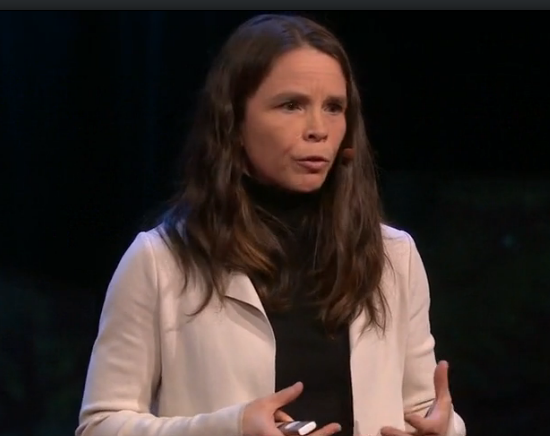Now, what would it take in terms of land area to do this, 200 plants?
那么要建造200个工厂,需要多少土地呢?
It turns out that they would take up about half the land area of Vancouver.
事实上,它们将占据温哥华大约一半的土地面积。
That's if they were fueled by natural gas.
这还是在利用天然气作为燃料的前提下。
But remember the downside of natural gas -- it also emits CO2.
但是别忘了天然气的缺点--燃烧时也会排放二氧化碳。
So if you use natural gas to do direct air capture,
所以如果你使用天然气直接捕获空气,
you only end up capturing about a third of what's intended,
你最终只会捕获到预期量的三分之一,
unless you have that clever approach of co-capture that Carbon Engineering does.
除非你有像Carbon Engineering一样同时捕获两者的方法。

And so if we had an alternative approach and used wind or solar to do this,
如果我们有一个替代的方法,使用风力发电或者太阳能发电,
the land area would be about 15 times larger, looking at the state of New Jersey now.
但随之所需的土地面积可能会扩大十五倍,和现在的新泽西州一样大。
One of the things that I think about in my work and my research is optimizing and figuring out
我在工作和研究时经常思考的一件事,就是优化和解决两个问题,
where we should put these plants and think about the local resources available
将这些工厂放在哪里,以及如何就地取材,
whether it's land, water, cheap and clean electricity
是否有足够的土地面积,水资源,廉价和无污染的电能,
because, for instance, you can use clean electricity to split water to produce hydrogen,
因为,例如无污染的电能可以把水分解成氢气,
which is an excellent, carbon-free replacement for natural gas, to supply the heat required.
这是一个极好的,无碳的天然气替代品,可以提供所需的热量。



